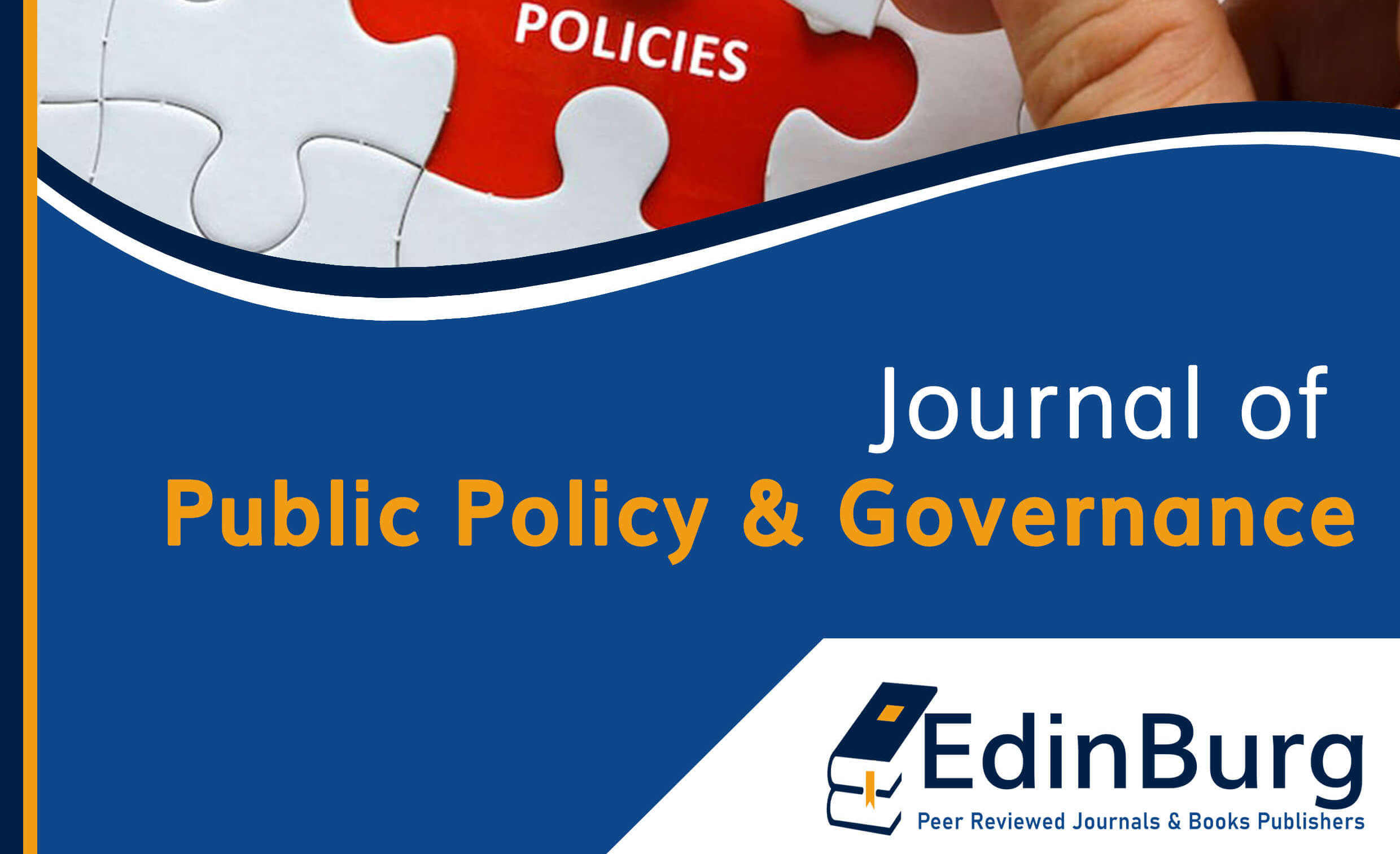Implementation Process of the Training Policy and Professional Development of the Administration Police Officers in Isiolo County, Kenya
DOI:
https://doi.org/10.70619/vol2iss2pp31-39Keywords:
Implementation process, training policy, professional development, administration police officersAbstract
This study sought to examine how the implementation process of the training policy affects police professional development. The study was steered by Herzberg’s Theory. The study used stratified random sampling and a descriptive survey approach. Within Isiolo County, the target population was 300 Administration Police Officers. Four categories were used to classify the target population: Inspectorate members, Gazetted officers (GOs), Constables, and Noncommissioned officers (NCOs). There were 90 police officers in the sample. To gather the primary data, structured interview questions and secondary data from library research were used. The collected data was arranged according to the study questions and particular goals by coding, tabulating, and interpreting. The findings on how the implementation process of the training policy and professional police development relates, show that there was a positive and statistically significant effect of the implementation process of the training policy on the professional police development of Police officers (r=0.631; p<0.05). This showed that a unit change in the implementation process of the training policy leads to 63.1% change in professional police development among police officers. The study came to the following conclusions: standardize the learning delivery across all forces, particularly the initial learning for newly recruited officers; make basic training to develop knowledge and awareness mandatory for all police; institutionalize strategy-supportive practices and operating regulations throughout the organization. The study recommended that the Isiolo County CIPU Headquarters develop and implement effective training systems and that the curricula be enhanced to cover best practices to manage known vices and malpractices.
References
Administration Police Service (2016), Departmental Training Committee Report, 2016
Aguinis, H. & Kraiger, K. (2009). Benefits of Training and Development for Individuals and
Alexandrou, A., & Davies, J. D. (2002). Partnership, continuing professional development and the police service of England and Wales: deconstructing the myth and raising the phoenix from the ashes. Journal of in-Service Education, 28(3), 447-458.
Armstrong, M., (12th Ed.), (2012). A Hand Book of Human Resource Management, Kogan Page, London.
Australia New Zealand Policing Advisory Agency, 2012.
Bagraim, J., Cunningham, P., Potgieter, T. & Viedge, C., (2007). Organizational behavior. A contemporary South African perspective. (2nded.). Pretoria: Van Schaik.
Blanchard, P.N. & Thacker, J.W. (2007). Effective Training: Systems, Strategies, and Practices (3rd edition).
Brown, J., (2002). Training Needs Assessment. A Must for Developing an Effective Training Program Public Personnel Management, 31(4), 569-528.
Cole, G., (2011). Management theory and Practice. London Southwestern.
East African Police Chief Conference Organization Constitution, 2007
Goldstein, I. L. & Ford, J. K. (2002). Training in Organizations: Needs Assessment, Development, And Evaluation (4th Ed.).
Griffin, R.W. & Moorhead, G. (2009). Organizational Behavior: Managing People and Organizations. 9th Edition, Cengage Learning, USA.
Holgersson, S. Gottschalk, P. & Dean, G. (2008). Knowledge Management in Law Enforcement: Knowledge Views for Patrolling Police Officers. International Journal of Police Science & Management, 10(1), 76–88. https://doi.org/10.1350/ijps.2008.10.1.76
Janusauskas, A., & Aleksonis, G. (2013). Preparation of Lithuanian Police Officers. European Scientific Journal, ESJ, 9(26)
Journal of Education and Human Development, Vol. 2 No. 2, December 2013
Khawaja, J. & Nadeem, A.B. (2013). Training and Development Program and Its Benefits to Employee and Organization: A Conceptual Study. European Journal of Business and Management, 5 (2) Department of Management, College of Business Administration, King Saud University, Riyadh, Saudi Arabia
Kingoo, Z. M., (2018). Effects of Non-Financial Rewards on Employee Performance in Isiolo County CIPU Headquarters in Kenya. Case of General Service Unit Officers in Nairobi.
Learning and Performance. Alexandria, VA: ASTD
Luann, P., (2012). Changing the training paradigm for a more resilient police department. International Police Training Journal, issue 33, 18-25.
Lynton, R. and Pareek, K., U. (2008). Training for Organizational Transformation, Sage New Delhi.
Malcolm, K., (1997). The ASTD Training &Development Handbook: A Guide to Human Resource Development.
Manju, S. & Suresh, B.H. (2011). Training Design Interventions and Implications for The Productivity Effectiveness, Synergy, 9(1) Pp 52-68.
McElroy, J. C., Morrow, P. C., & Wardlow, T. R. (1999). A career stage analysis of police officer work commitment. Journal of criminal justice, 27(6), 507-516.
National Police Service Act, 2011
National Task Force on Police Reforms, (2009). Ransley.
Nishtha L., & Amit, M., (2010). How Training Jump-Starts Employee Performance”, Indian Management, Vol 49 (6), pp: 14-18.
Paradise, A. (2007). State of The Industry: ASTD’s Annual Review of Trends in Workplace
Policy on Training and Development in the Isiolo County CIPU Headquarters, 2018
Teams, Organizations, And Society. Annual Review of Psychology, 60, 451–474. Https://Doi.Org/10.1146/Annurev.Psych.60.110707.163505
Downloads
Published
How to Cite
Issue
Section
License
Copyright (c) 2022 Ben Omwando Okioga , Prof. David Minja

This work is licensed under a Creative Commons Attribution-NonCommercial-NoDerivatives 4.0 International License.





